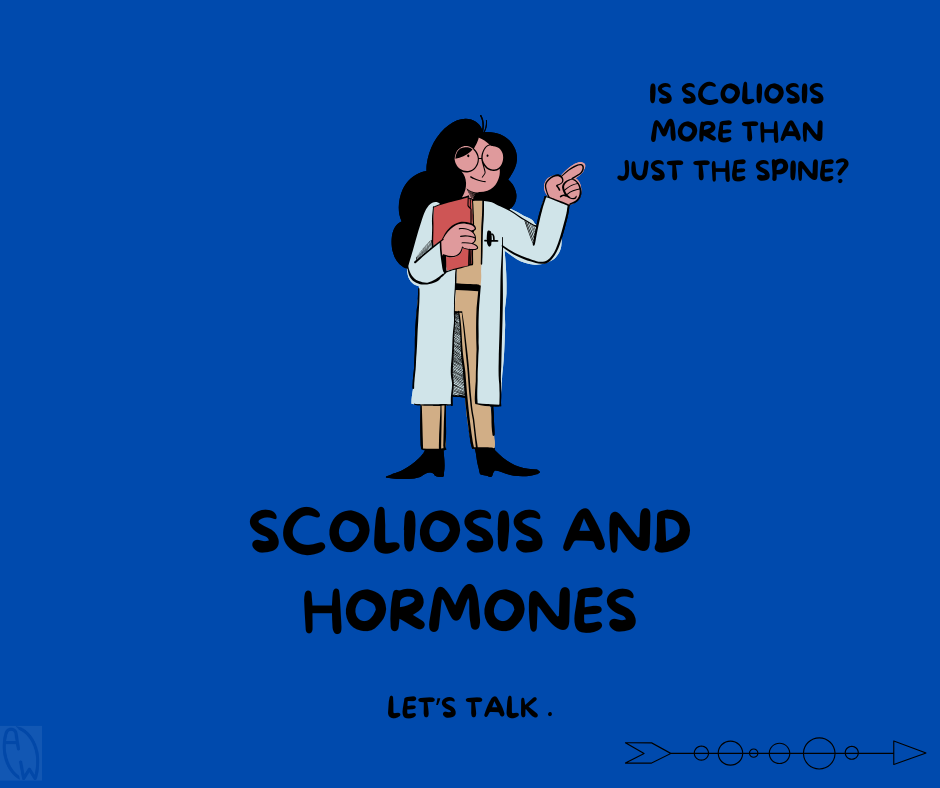
Protein is often associated with athletes and fitness enthusiasts, but its role in scoliosis rehabilitation and long-term health is critical. At All Well Scoliosis Centre, we consistently emphasize that spinal recovery and stability go beyond exercises — they depend heavily on what you feed your body, especially protein.
Whether you’re a teenager managing adolescent idiopathic scoliosis or an adult recovering from years of poor posture and spinal fatigue, protein is the foundational nutrient that supports muscle repair, hormone regulation, and healthy aging.
1. Protein and Muscle Rehabilitation in Scoliosis
Scoliosis causes an uneven pull on the muscles surrounding the spine. Over time, one side may become overworked while the other weakens. This imbalance contributes to postural dysfunction, muscle tightness, pain, and further curve progression.
Rehabilitation exercises help realign and reactivate these muscles, but protein is what allows your body to rebuild and repair them. Without adequate protein intake, the gains from rehab sessions are limited.
Protein:
• Repairs muscle microtears after stretching and movement therapy
• Supports new muscle development in weakened regions
• Stabilizes the spine through stronger core and back muscle groups
• Enhances energy and recovery post-rehab
In short, scoliosis rehab without adequate protein is like trying to build with no materials. The structure simply won’t hold.
2. Hormonal Health and the Scoliosis Connection
Hormones play a central role in scoliosis progression, especially during growth phases like puberty. Many studies link adolescent idiopathic scoliosis to hormonal fluctuations involving growth hormone, estrogen, melatonin, and leptin.
Protein influences hormonal health by:
• Supporting the endocrine system (responsible for hormone production)
• Regulating blood sugar, insulin response, and growth hormone levels
• Providing amino acids that aid in neurotransmitter production, sleep, and emotional regulation
For patients — especially teens and women — consuming sufficient protein supports more stable hormonal function, which in turn helps manage inflammation, stress, and tissue repair.
3. Protein for Longevity and Aging with a Stronger Spine
As we age, the natural loss of muscle mass (sarcopenia) increases the risk of falls, fractures, and reduced mobility. For someone living with scoliosis, the consequences can be even more serious.
Protein intake becomes more essential as we grow older. It:
• Slows down age-related muscle loss
• Supports bone density and joint strength
• Aids in postural control and spinal load management
• Reduces risk of chronic conditions like osteoporosis and metabolic syndrome
Consistently meeting your protein needs can help you age with strength, rather than shrink under your own spine.
4. How Much Protein Do You Really Need?
There’s no one-size-fits-all formula, but here are some general guidelines:
• Teens and active adults: 1.2 to 1.6 grams of protein per kilogram of body weight
• Adults undergoing rehabilitation or managing aging: 1.5 to 2.0 grams per kilogram
Distribute protein evenly across all meals and snacks for best absorption.
5. High-Quality Protein Sources for Scoliosis Patients
Animal-based:
• Chicken breast, fish, lean beef, eggs, milk, Greek yogurt
Plant-based:
• Tofu, tempeh, soy milk, lentils, quinoa, chickpeas, chia seeds
Supplement options:
• Whey protein, soy protein, rice-pea protein blends
The goal is not just quantity, but quality. Prioritize complete proteins that contain all essential amino acids.
6. Why All Well Scoliosis Centre Emphasizes Nutrition in Rehab
At All Well, we integrate movement therapy, spinal realignment, and non-invasive treatment with practical guidance on:
• Spine-safe strength building
• Daily protein-focused meal planning
• Hormone-aware rehabilitation for teens and adults
• Lifestyle education for long-term spinal wellness
We are committed to helping our patients not just correct their curves, but also rebuild their strength, regulate their hormones, and protect their future through smart, science-based choices.
Conclusion
If you are on a scoliosis recovery journey, don’t underestimate the role of protein. It is a non-negotiable element in muscle healing, hormone stability, and aging with resilience.
You cannot build a stable structure without strong materials. Likewise, you cannot stabilize your spine without strong muscles — and those muscles depend on daily, consistent protein intake.
If you're unsure where to start, book a consultation with our team at All Well Scoliosis Centre in Orchard, Singapore. We’re here to guide you through non-invasive treatment, customized rehab, and nutrition planning that supports your long-term success.
Contact us today to begin your strength-building journey — from the inside out.